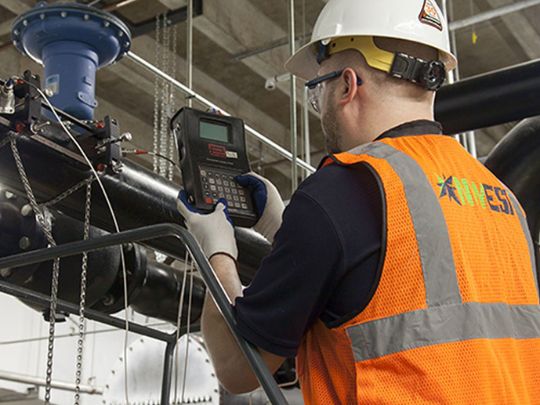The majority of the work performed by the TAB consists of testing, measuring, and determining performance benchmarks. Among the most important examples of these operations are determining the air and hydronic volumetric flow rates, determining the level of heat transfer performance, and modifying the air exchange and ventilation rates.
Testing, Changing, and Balancing is an acronym that stands for Testing, Adjusting, and Balancing, and it refers to the process of monitoring and adjusting the flow of air and water to satisfy design criteria. The TAB process involves employing test instruments, sensors, and monitors to check suitable temperatures, airflow, and other parameters inside the HVAC system. This is done in order to complete the TAB process. In order to ensure that heating, ventilation, and air conditioning (HVAC) systems are optimized for occupant comfort, energy efficiency, indoor air quality, and manufacturing processes, testing, adjusting, and balancing is a crucial step for complex air and hydronic systems found within buildings and throughout campuses.
Building heating, ventilation, and air conditioning system drawings that document the positions of fire smoke dampers



